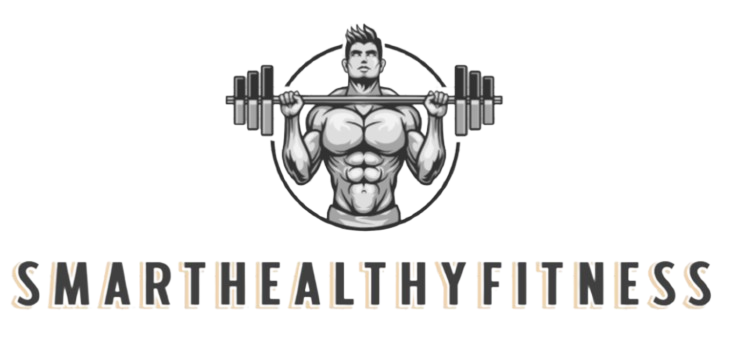
As I sit here, staring at the blank page, I remember my journey with push-ups. Once, the idea of doing a single proper push-up made me nervous. But with dedication and the right guidance, I’ve boosted my upper body strength. This journey has been empowering.
If you feel scared of push-ups, you’re not alone. But I’m here to share a simple, effective push-up workout. It can help you build strength and change your upper body quickly1. Many people have seen big improvements in their push-up skills with a structured plan, and I believe you can too.
This workout focuses on proper form and increasing the challenge over time1. Mastering the basic push-up and gradually adding more challenge helps build strength and muscle endurance. Whether you want to do 100 push-ups or boost your upper body power, this program will help you.
Key Takeaways
- Improve push-up strength and performance through a structured workout program
- Develop upper body muscle mass and endurance with high-volume push-up training
- Learn proper push-up form to avoid injury and maximize results
- Incorporate push-up variations to target different muscle groups
- Achieve measurable progress through regular testing and progressive overload
Are you ready to improve your push-up skills? Let’s start and unlock your full upper body potential!
Mastering the Push Up: A Comprehensive Guide
Getting the push-up right is key to building strong upper body muscles. But, many people struggle with push up form and technique. This guide will show you the mistakes to avoid and how beginners can improve their push-ups.
Common Push-Up Mistakes
Many people let their hips sag and back arch during push-ups. This shows they’re not engaging their core enough and can hurt their back. To fix this, keep your hips square, core tight, shoulders over wrists, and hips as high as shoulders. If you can’t do this, try modified push-ups on your knees until you get stronger2.
Progression for Beginners
If push-ups are new to you or you’re struggling, start with push-ups on your knees. This helps build the strength you need for the full push-up. Then, try elevated push-ups with your hands on a bench to make it easier. Lower the bench as you get stronger to make it harder3.
Being consistent is important. Do push-up variations three times a week, resting in between, to see progress in your strength building and muscle endurance3.
Mastering the push-up technique and using a step-by-step approach will help you build a stronger upper body. Stay focused, listen to your body, and enjoy the journey to becoming a push-up pro!
Push Up Workout: Targeting Different Muscle Groups
Understanding how to target specific muscle groups is crucial for getting the most out of push-ups4. Push-ups work many muscles in the upper body, like the chest, triceps, and core4. By trying different push-up types, you can focus on various chest areas for a complete upper body workout.
Upper Chest
To work on the upper chest, do push-ups with your arms slightly up. The Knee Pushaway and Prowler Push-up push you up, hitting the upper chest5. For a tougher workout, Decline Push-ups with your feet up also target the upper chest5.
Middle Chest
The standard push-up targets the middle chest well5. The Shoulder-Width Standard Push-up, with elbows in, is great for the middle chest5. The Archer Push-up, with wider hands, also works the middle chest5.
Using different push-up types helps you work on various chest areas for a balanced upper body4. Remember, sticking with it and increasing the challenge is important for seeing results4.
Push up workout: Building Strength and Endurance
The push up is a simple yet effective exercise for upper body strength and endurance. Instead of focusing on reps, this workout challenges you to do each push up until you can’t do more. This pushes you to your limits, helping you reach your full potential. After each set, you’ll switch to an ab exercise, keeping your workout intense and efficient.
Timed Sets
This push up workout focuses on time, not reps. Working to the point of failure is key for building strength and endurance. Do each push up variation for 30-60 seconds, pushing yourself until you can’t do another one right. Then, move straight into an ab exercise like planks or hollow holds to rest before the next set.
Progressive Overload
To keep getting better, add more challenge to your workouts. Try new push up types, wear a weighted vest, or aim for fitness records like doing as many push ups as you can in a minute6. Changing how you do push ups can also make them harder.
Using timed sets to failure and adding more challenge will boost your upper body strength and endurance. Always rest and recover well, and keep up with your training. With hard work and smart training, you’ll soon ace push up challenges!
Conclusion
Pushups are a great exercise that work your upper body and core7. Mastering the right form and targeting different muscles helps build strength and endurance8. Being consistent is important, so be patient and listen to your body as you aim for new personal bests9.
Pushups are among the oldest fitness exercises, working over 200 muscles at once7. They’re key in strength and endurance training for schools, sports teams, and the military7. To see strength and endurance gains, train pushups 2-3 times a week with rest in between7.
Using different pushup types, like wall or kneeling pushups, helps develop your upper body fully8. Focus on proper form and progress to fully benefit from this exercise. It can boost your fitness, strength, and heart health9. Stay dedicated, consistent, and push towards your fitness goals.





